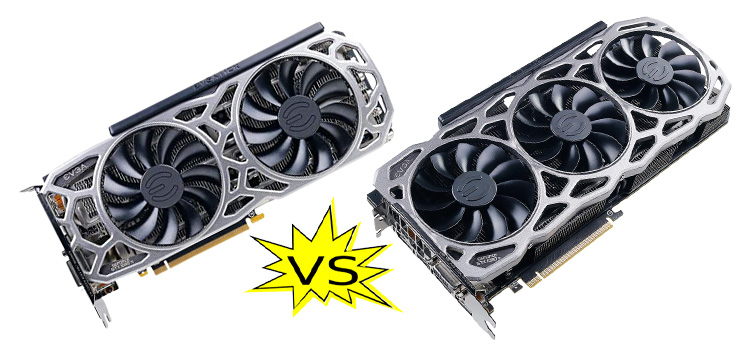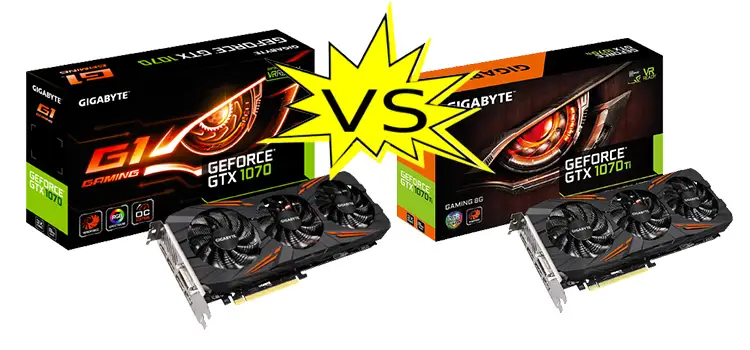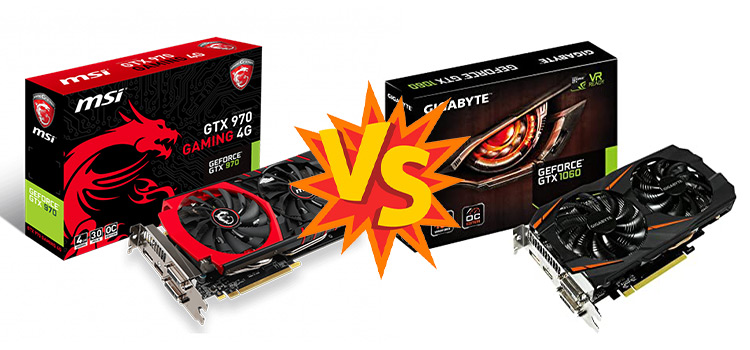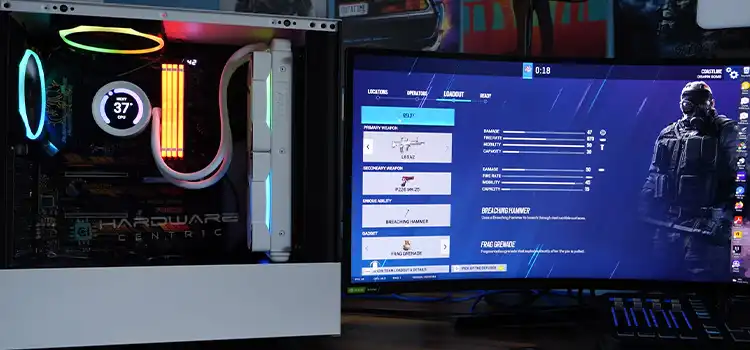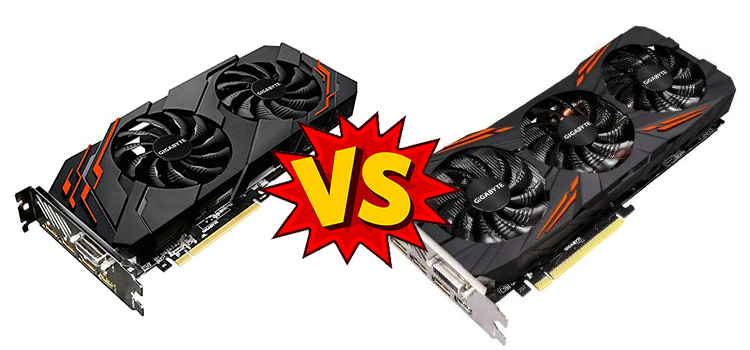512MB vs 1GB Graphics Card | Comparison of GPU by Pros and Cons
Nowadays, virtual gaming is so much popular that eventually, game manufacturers are producing more entertaining games to amuse gamers more. In terms of developing such games, it requires some high-end specifications. On the contrary, gamers also need high-configured computers to play these games.
Here, the graphics card is considered a valuable component. The more memory a graphics card contains, the more graphical enhancement can be seen. So, a 1GB graphics card is more effective than a 512MB card.

What Are the Purpose of Graphics Cards?
Rendering visuals is the main function of graphics cards. Your computer cannot show any information or perform as you need it to without a graphics card. By analyzing and interpreting graphical data a graphics card offers a high-quality graphical presentation utilizing sophisticated graphical methods, features, and functions.
It can be said that graphics cards use information from the CPU and software to determine where pixels should be placed on the screen.
512MB and 1GB are two variants of graphics cards that are differentiated by more or less memory capacity.
Let’s have a look at the advantages and disadvantages of these cards.
Differences Between 512MB and 1GB Graphics Cards
The prime difference between these two cards is the memory size or capacity. The performance of the GPU is impacted by the size of the graphics card memory. Your graphics card’s lack of memory storage places constraints on the resolution size, textures, shadows, and other visual settings. If the graphics card has more memory storage, then it can collect more data in it to process and doesn’t need to depend on the CPU, which will make the process slower.
As a result, the graphical interface becomes more beautiful and it can completely enhance users’ visual experience, making them more delightful. So, the 1GB graphics card is capable of enhancing the graphical interface more than a 512MB graphics card.
Advantages of 512MB Graphics Card
Here are the basic advantages of 512MB –
- Improves video watching and editing experience.
- Improves graphical execution more as pixels are denser.
- Will afford decent frame rates and reduce lag.
- Most mid-level specified video games can be played with it.
- Provide extra driver support.

Disadvantages of 512MB Graphics Card
The countable disadvantages of 512MB are –
- In order to have better performance, it’ll cost an extra price.
- Overall performance gets affected as a result of providing higher resolution and more color.
- Excessive performance generates heat.
- Consumes extra power due to more performance.
Advantages of 1GB Graphics Card
The basic advantages of 1GB are –
- Allows watching higher definition video files smoothly.
- Helps to edit videos with maximum resolution and clarity.
- Internal updatable driver gives full support, especially in gaming.
- Most high-level specified video games can be played with it.
- Confirms no lagging and proper frame rate by increasing the volume.

Disadvantages of 1GB Graphics Card
Here are the specific disadvantages of 1GB –
- Comes with a high price, which makes it costly.
- The letters and icons may seem tiny due to extreme pixel density.
- Maximum execution of it requires a large amount of power supply and consumption.
- As it has its own specific size and weight, the device gets heavy.
- Produces tremendous heat while performing at its best.
Which One You Should Choose: 512MB or 1GB Graphics?
If you’re a heavy gamer or used to doing video editing tasks, then surely you can go for the 1GB graphics. But if you’re just a regular task user and prefer watching standard-quality videos, then 512MB will do the job quite easily. Now it’s time that you decide which one is for you.
Frequently Asked Questions (FAQs)
Is a 512MB graphic card Enough?
If you’re not a heavy gamer or don’t prefer maximum-quality content watching then the answer is yes. 512MB is sufficient for an average user. But by the time you start preferring quality entertainment, you’ve to go for higher storage.
Is a 1GB graphics card good?
Yes, it is. Basically, 1GB of dedicated graphics is recommended for gaming because it can enhance performance and offer a fluid gaming experience. You can easily play most of the available games using this.
Is more GB on GPU better?
Memory-equipped graphics cards will respond to display requests more quickly. This is crucial while using games or other graphically demanding software. So, obviously having more GB, which means storage, is better for experiencing excellent performance.
Do graphic cards increase FPS?
The answer is yes. Graphics cards hold extra memory that allows them to provide high-resolution frames, more intricate textures, and other content. So, a better graphics card will serve better FPS (Frame Per Second).
Conclusion
It is quite clear by now that a 1GB graphics card is better than a 512GB graphics card. Now, it is your decision which one will you prefer for you. If you’re going to use software that requires a better graphical interface or are just fond of playing high-spec games, then you can try the 1GB. Otherwise, 512MB will be sufficient for your daily tasks.
Subscribe to our newsletter
& plug into
the world of PC Hardwares
![[Explained] Can You Use Intel’s CPU with AMD’s GPU?](https://www.hardwarecentric.com/wp-content/uploads/2022/05/Can-You-Use-Intels-CPU-with-AMDs-GPU.webp)
